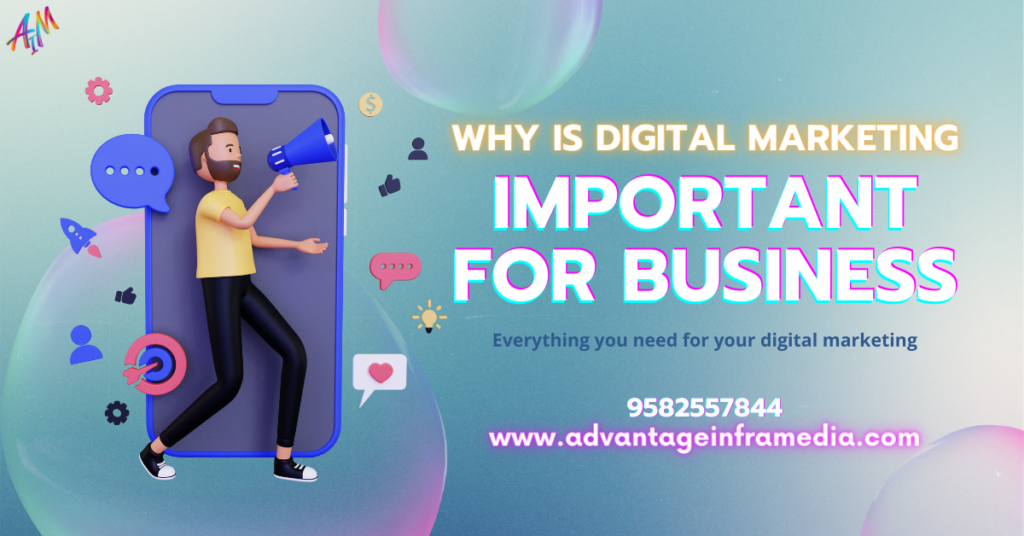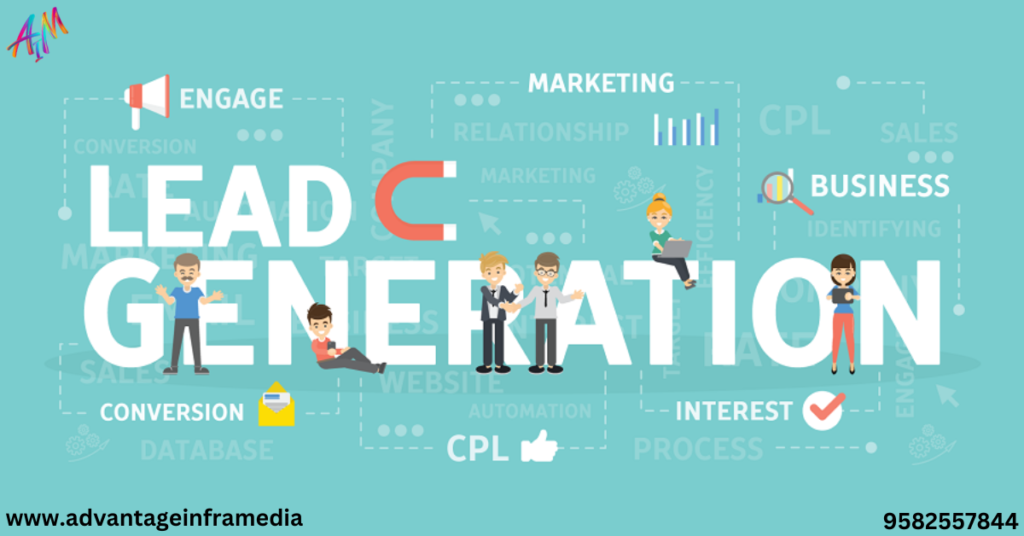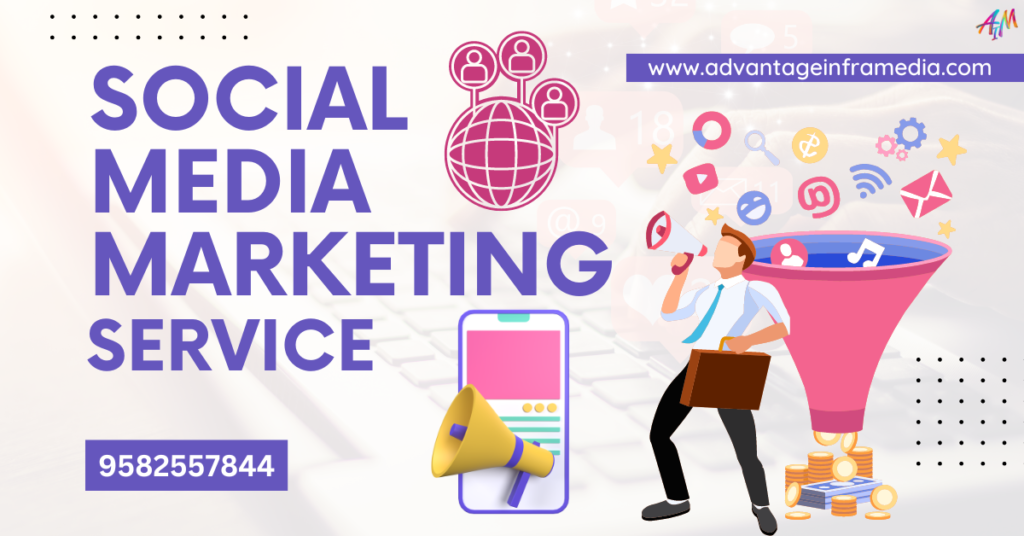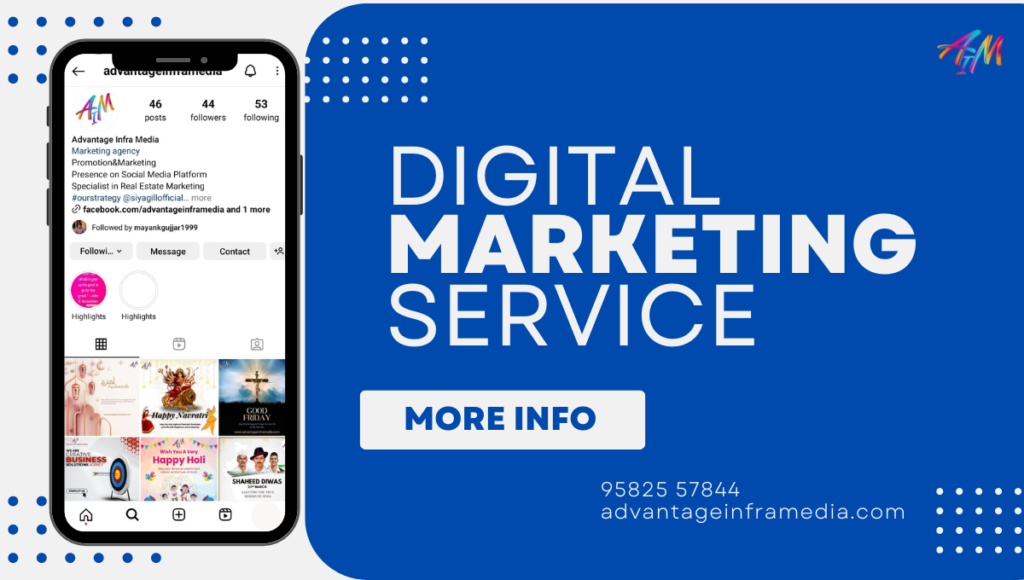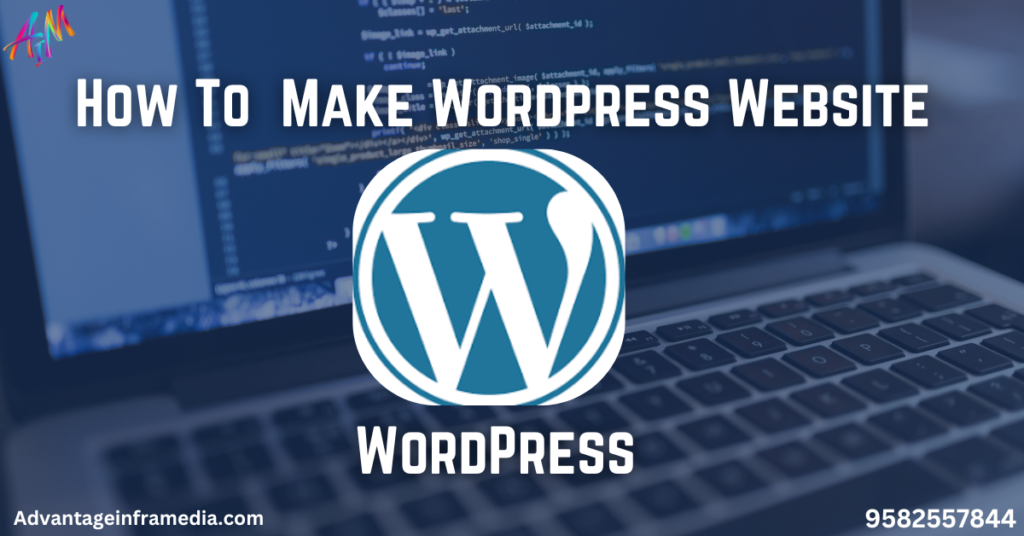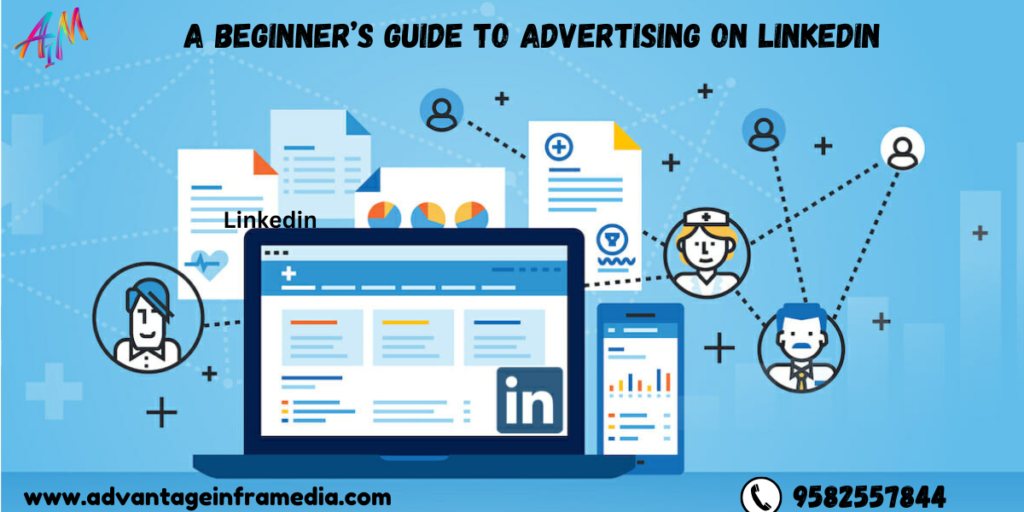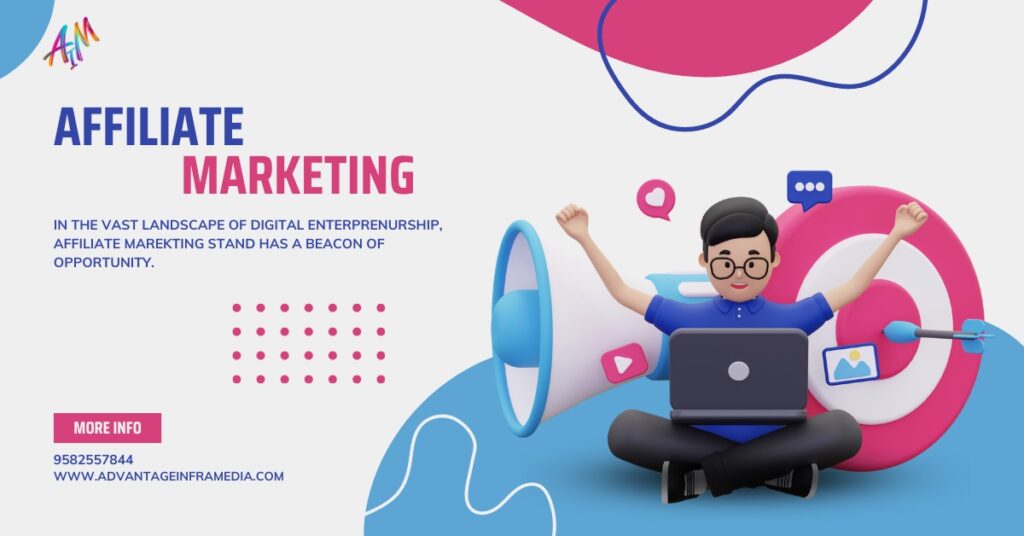Why is digital marketing important for business in 2024?
In the ever-evolving landscape of commerce, the importance of digital marketing cannot be overstated. From small startups to multinational corporations, businesses of all sizes are recognizing the indispensable role that digital marketing plays in reaching and engaging with their target audience. In this comprehensive exploration, we delve into the myriad reasons why digital marketing has become a cornerstone of modern business strategy. Understanding Digital Marketing Before delving into its importance, let’s first define what digital marketing entails. Digital marketing encompasses a broad range of online tactics and strategies aimed at promoting products or services through digital channels. These channels include websites, search engines, social media platforms, email, mobile apps, and various other online avenues. The Reach of Digital Marketing One of the most compelling reasons for the prominence of digital marketing is its unparalleled reach. Unlike traditional marketing methods, which often have geographic or demographic limitations, digital marketing allows businesses to connect with a global audience instantaneously. Through search engine optimization (SEO), businesses can enhance their visibility in search engine results pages, ensuring that their products or services are discoverable by potential customers around the world. Moreover, social media platforms have revolutionized the way businesses interact with their audience. With billions of users actively engaging on platforms like Facebook, Instagram, Twitter, and LinkedIn, businesses have a unique opportunity to engage with their target demographic in real-time, fostering meaningful connections and brand loyalty. Cost-Effectiveness In addition to its expansive reach, digital marketing offers unparalleled cost-effectiveness compared to traditional marketing channels. Traditional marketing avenues such as television advertisements, print media, and billboards often require substantial financial investments, making them inaccessible to many small and medium-sized businesses. Digital marketing, on the other hand, offers a range of budget-friendly options suitable for businesses of all sizes. For instance, pay-per-click (PPC) advertising allows businesses to set their budgets and only pay when users click on their ads, ensuring that every dollar spent is targeted towards potential customers. Similarly, email marketing campaigns can be highly cost-effective, delivering personalized messages directly to subscribers’ inboxes at a fraction of the cost of traditional mailers. Targeted Marketing One of the key advantages of digital marketing is its ability to target specific demographics with pinpoint accuracy. Through data analytics and user profiling, businesses can gather valuable insights into their audience’s preferences, behaviors, and purchasing patterns. Armed with this information, businesses can create highly targeted marketing campaigns tailored to individual segments of their audience, increasing the likelihood of conversion. For example, social media advertising platforms offer robust targeting options that allow businesses to refine their audience based on factors such as age, gender, location, interests, and browsing history. This level of granularity ensures that marketing messages are delivered to the most relevant audience segments, maximizing their impact and effectiveness. Measurable Results One of the perennial challenges of traditional marketing is the difficulty of measuring its effectiveness. Unlike digital marketing, which provides comprehensive analytics and performance metrics in real-time, traditional marketing campaigns often rely on imprecise metrics such as brand awareness or foot traffic. Digital marketing, on the other hand, offers a wealth of data-driven insights that enable businesses to track and measure the success of their campaigns with precision. From website traffic and conversion rates to email open rates and social media engagement metrics, businesses can access a wealth of data that allows them to evaluate the performance of their marketing efforts and make data-driven decisions to optimize their strategies for maximum impact. Adaptability and Flexibility In today’s fast-paced business environment, adaptability is key to success. Digital marketing offers unparalleled flexibility, allowing businesses to quickly pivot their strategies in response to changing market conditions, consumer preferences, or emerging trends. For example, social media platforms provide businesses with a dynamic environment to experiment with different content formats, messaging strategies, and promotional offers in real-time. By closely monitoring audience feedback and engagement metrics, businesses can refine their approach on the fly, ensuring that their marketing efforts remain relevant and effective. Enhancing Brand Visibility and Authority In an increasingly crowded marketplace, establishing a strong brand presence is essential for standing out from the competition. Digital marketing offers powerful tools for enhancing brand visibility and authority, enabling businesses to position themselves as industry leaders and trusted authorities in their respective niches. Content marketing, for example, allows businesses to create and distribute valuable, relevant, and engaging content that resonates with their target audience. By consistently delivering high-quality content that addresses their audience’s pain points, challenges, and interests, businesses can build credibility, trust, and loyalty over time. Similarly, search engine optimization (SEO) plays a crucial role in enhancing brand visibility by improving a business’s ranking in search engine results pages (SERPs). By optimizing their website and content for relevant keywords and search queries, businesses can increase their visibility to users actively seeking solutions or information related to their products or services. Fostering Customer Engagement and Loyalty In today’s digitally connected world, customer engagement is more important than ever. Digital marketing provides businesses with powerful tools for fostering meaningful interactions and building lasting relationships with their customers. Social media platforms, for example, offer businesses a direct line of communication with their audience, enabling them to respond to inquiries, address concerns, and solicit feedback in real-time. By actively engaging with their customers on social media, businesses can demonstrate their commitment to customer satisfaction and build brand loyalty. Moreover, email marketing remains one of the most effective channels for nurturing customer relationships and driving repeat business. By delivering personalized and relevant content directly to subscribers’ inboxes, businesses can stay top-of-mind and encourage repeat purchases, referrals, and brand advocacy. Staying Ahead of the Competition In today’s hyper-competitive marketplace, staying ahead of the competition is imperative for long-term success. Digital marketing provides businesses with a competitive edge by enabling them to leverage the latest technologies, trends, and strategies to outmaneuver rivals and capture market share. For example, businesses that embrace emerging technologies such as artificial intelligence (AI), machine learning, and augmented reality (AR) can create immersive and personalized experiences that set
Why is digital marketing important for business in 2024? Read More »
Blog
